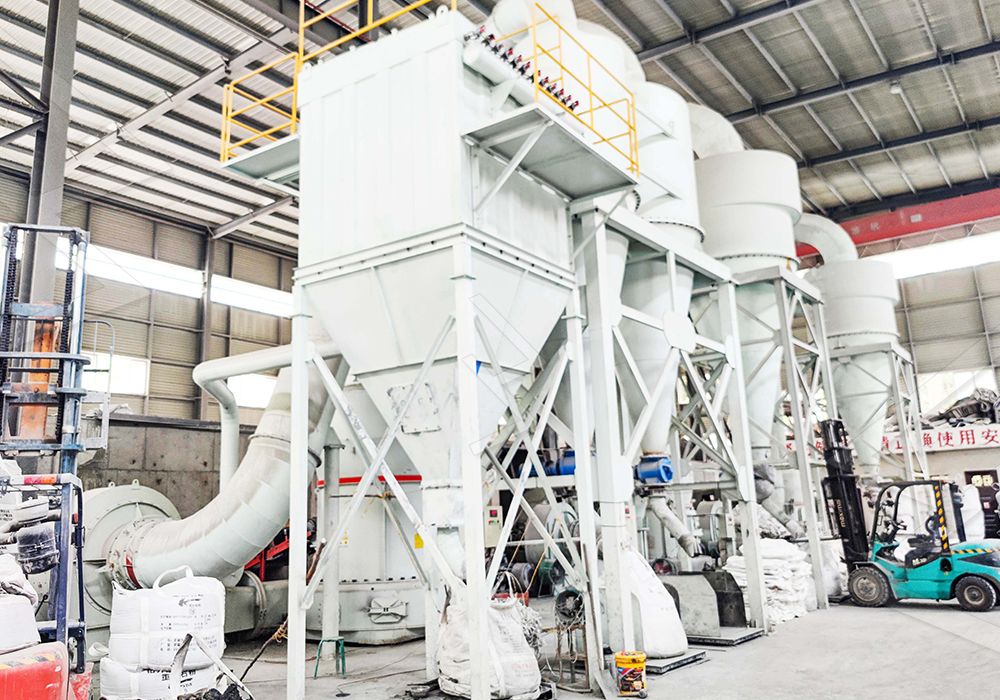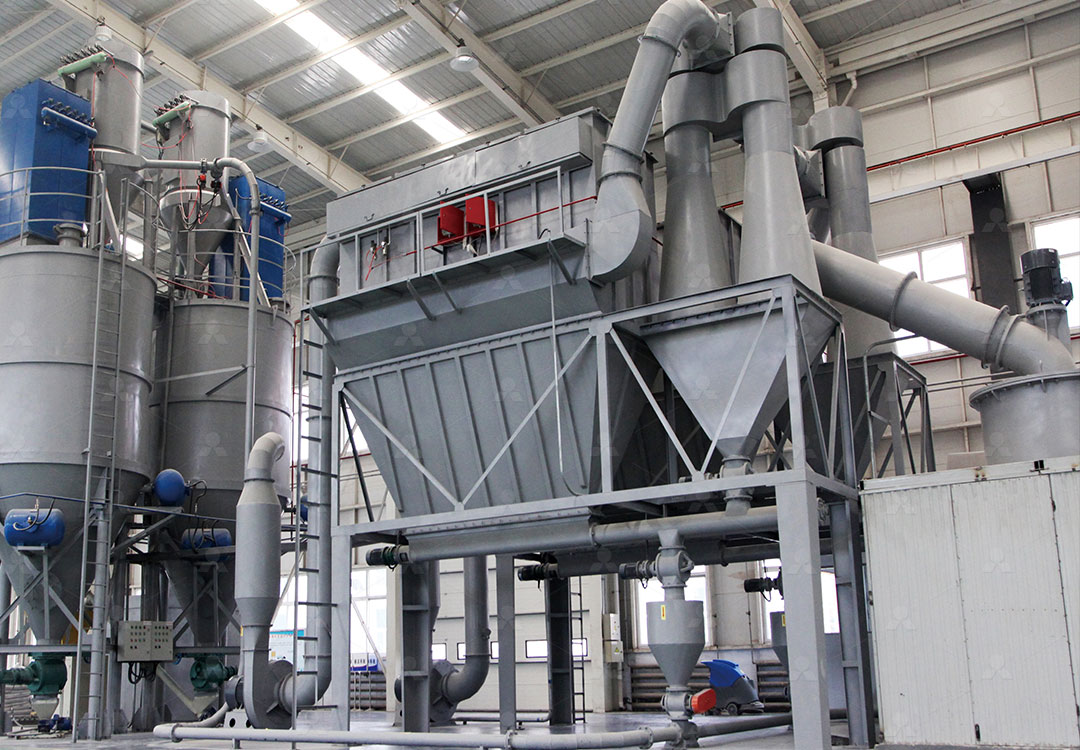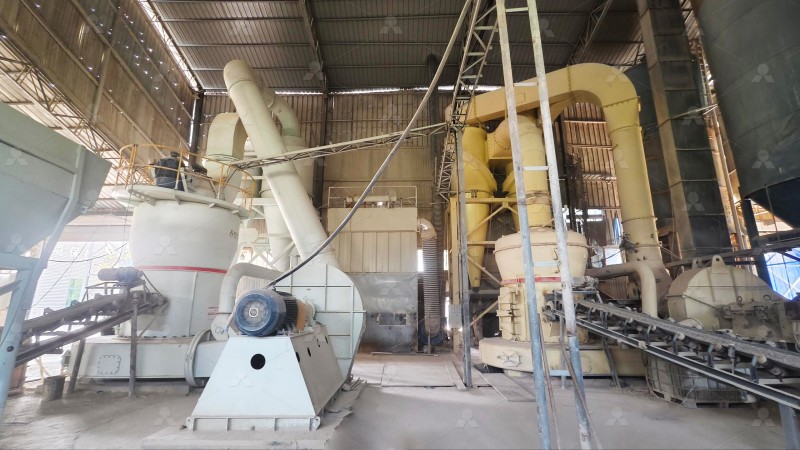Top 10 Grinding Mill Manufacturers for Indonesia and Canada
We provide a wide range of mills — including Raymond mill, trapezoidal mill, vertical mill, ultrafine mill, and ball mill, obtained ISO9001 international quality certification, EU CE certification, and Customs Union CU-TR certification. Suitable for processing minerals such as limestone, phosphate, quicklime, kaolin, talc, barite, bentonite, calcium carbonate, dolomite, coal, gypsum, clay, carbon black, slag, cement raw materials, cement clinker, and more.
The discharge range of these mills can be adjusted to meet specific processing needs, typically from 80-400 mesh, 600-3250 mesh, and can achieve the finest particle size of up to 6000 mesh(D50).
If you are looking for a reliable grinding solution to turn stone or minerals into fine powder, please feel free to contact our online customer service.
Navigating the Global Grinding Mill Market: A Focus on Indonesia and Canada
The demand for efficient and reliable grinding equipment is a constant across global industries, from mining and construction to chemicals and food production. For major resource-based economies like Indonesia and Canada, selecting the right grinding mill manufacturer is not just a purchase—it’s a critical investment in operational longevity, efficiency, and profitability. The challenging climates, remote locations, and stringent environmental regulations in both countries demand machinery that is robust, energy-efficient, and backed by unparalleled support.
Key Considerations for Mill Selection
When evaluating manufacturers, several factors rise to the top:
- Robustness & Reliability: Equipment must withstand harsh operating conditions, from Canada’s freezing temperatures to Indonesia’s high humidity.
- Energy Efficiency: With rising energy costs, mills that deliver higher yield for lower power consumption offer a significant competitive advantage.
- Environmental Compliance: Integrated dust collection and noise reduction are no longer optional, especially in regulated markets.
- After-Sales Support: Access to genuine spare parts and technical expertise is crucial, particularly for operations far from major industrial hubs.

Spotlight on Innovative Technology: The MW Ultrafine Grinding Mill
While many manufacturers offer standard solutions, true leaders innovate. A prime example is the MW Ultrafine Grinding Mill, a peice of equipment designed for customers who need to make ultra-fine powder. This machine adresses core industry pain points head-on. Its cage-type powder selector, leveraging German technology, allows for precise fineness adjustment between 325-2500 meshes, achieving a remarkable d97≤5μm sieving rate in a single pass. For operations in Indonesia processing limestone or Canadian facilities milling barite, this precision translates directly to a superior product.
Perhaps its most significant advantage for remote operations is its maintenance-friendly design. The absence of rolling bearings and screws in the grinding chamber elimnates frequent failures associated with these components. Furthermore, the external lubricating device allows for maintenance without shutdown, enabling continuous 24/7 production—a critical feature for maximizing uptime.

Another Standout Performer: The LUM Ultrafine Vertical Grinding Mill
For operations requiring vertical grinding solutions, the LUM Ultrafine Vertical Grinding Mill is another top-tier choice. It integrates the latest Taiwanese roller technology and German powder separating technology. Its unique roller shell and lining plate grinding curve are designed to generate a material layer more easily, enabling a high rate of finished products in a single milling session. This is a game-changer for enhancing efficiency and improving product whiteness and cleanliness. The mill’s multi-head powder separating technology, controlled by a PLC system, reduces energy consumption by 30%-50% compared to conventional mills, making it an economically and environmentally smart choice for the long term.
Conclusion: Partnering for Performance
Choosing a grinding mill manufacturer is about more than specs; it’s about choosing a partner. The best suppliers offer not just machines, but comprehensive solutions—from digitalized, high-precision manufacturing to a sufficient supply of original spare parts and technical support that ensures worry-free operation. For industries in Indonesia and Canada looking to optimize their grinding processes, prioritizing manufacturers that demonstrate a commitment to innovation, efficiency, and real-world reliability is the key to unlocking greater productivity and sustained growth.

